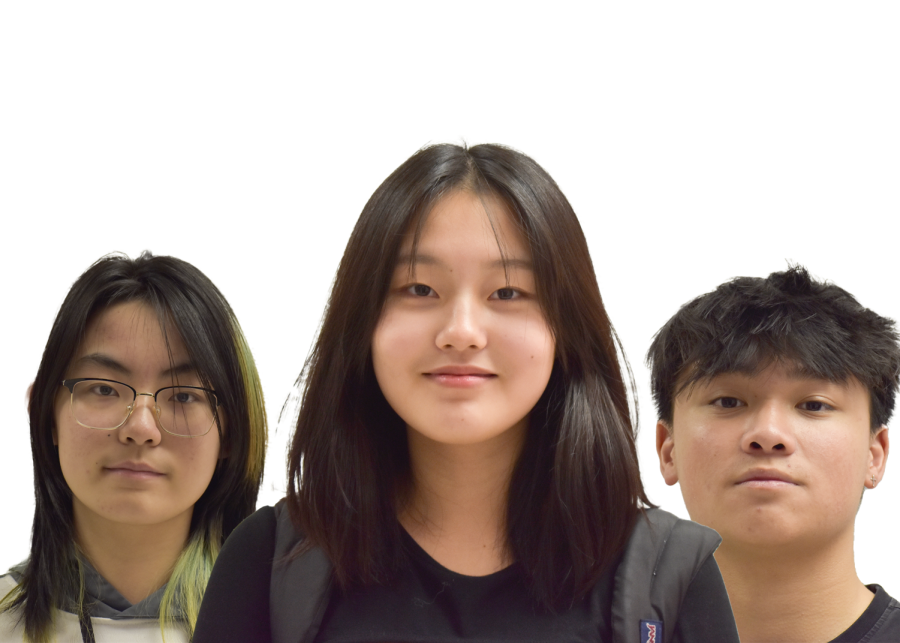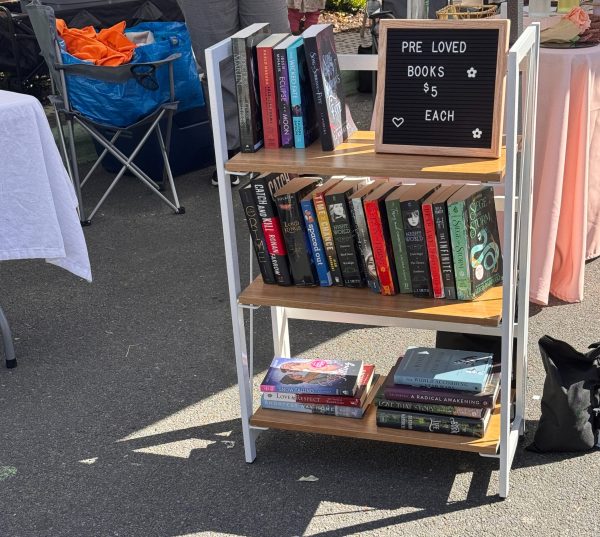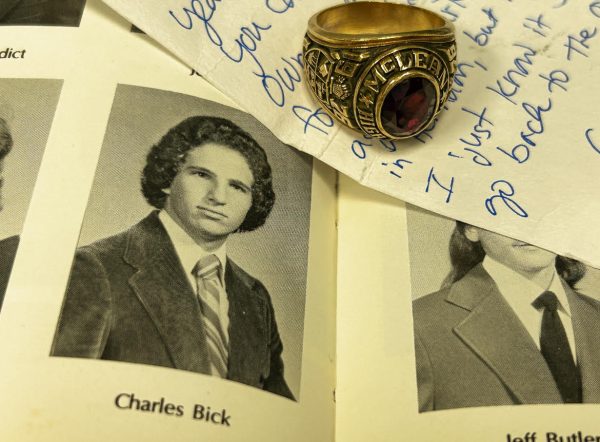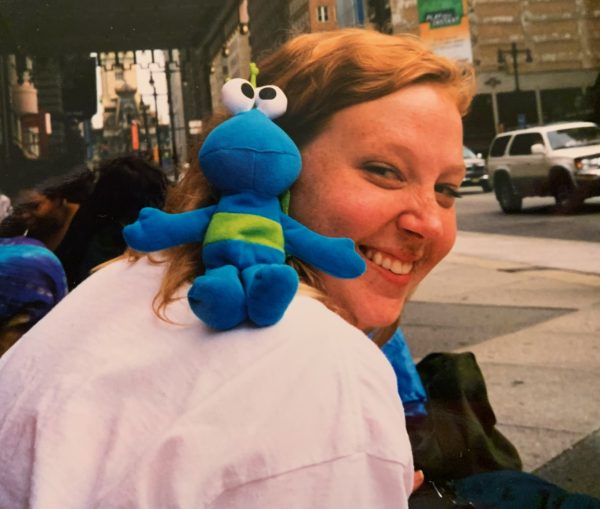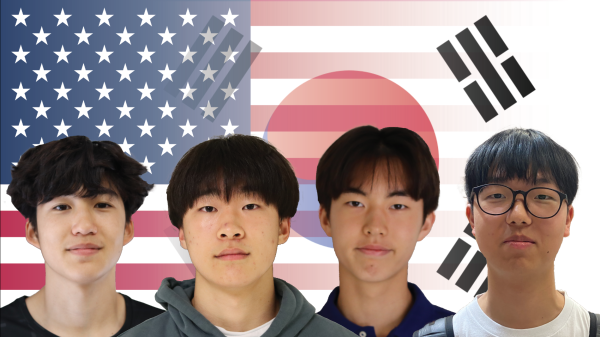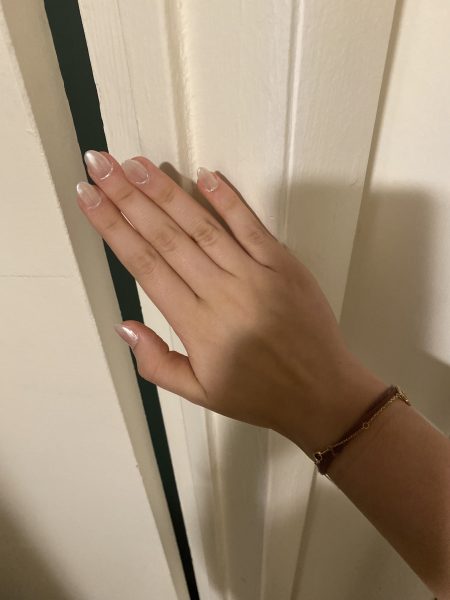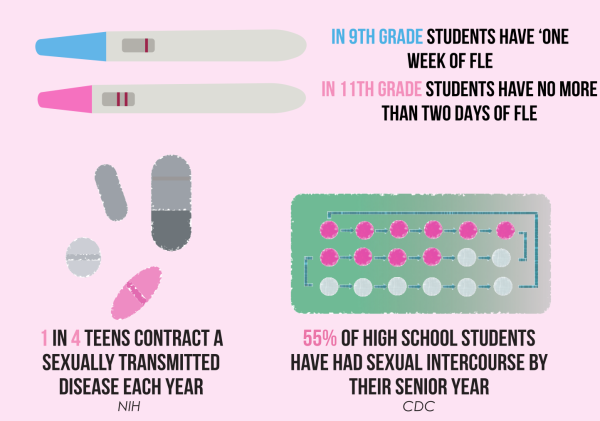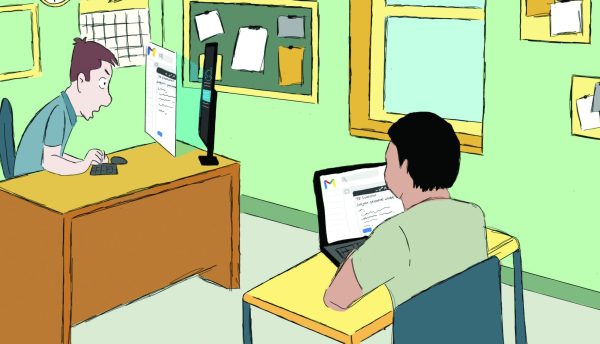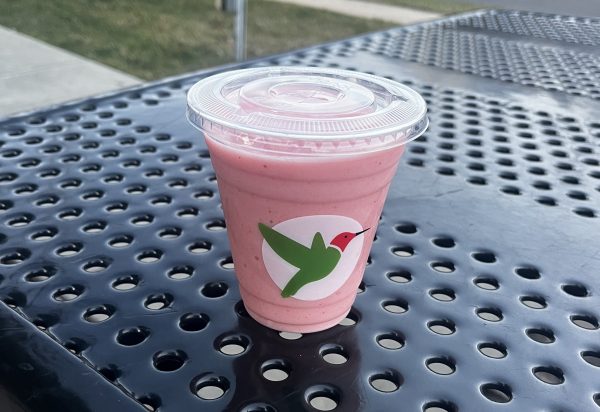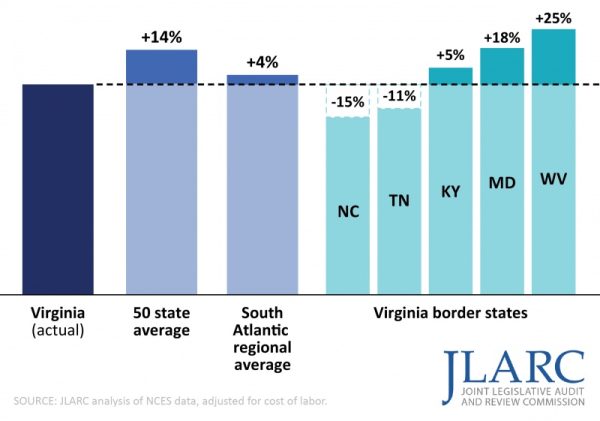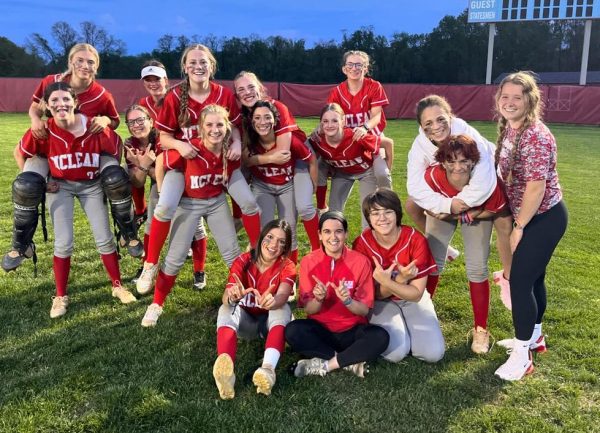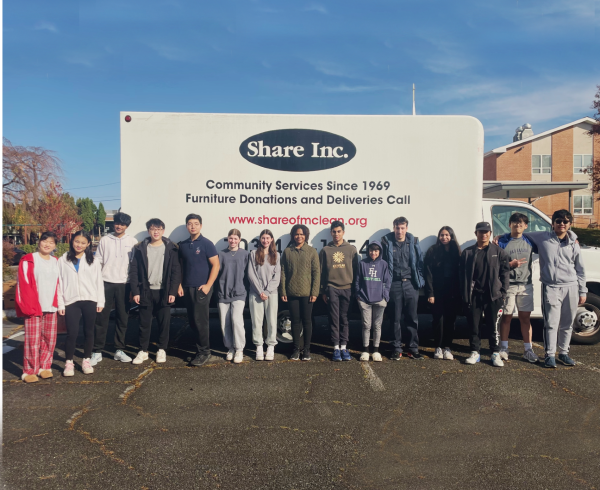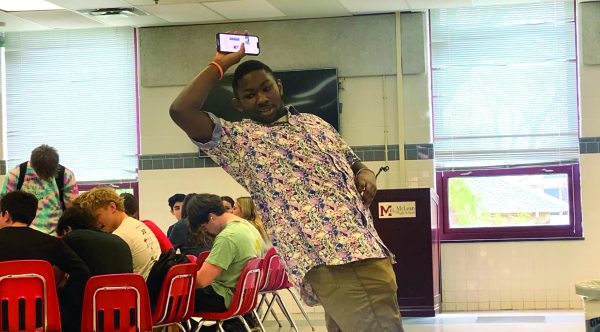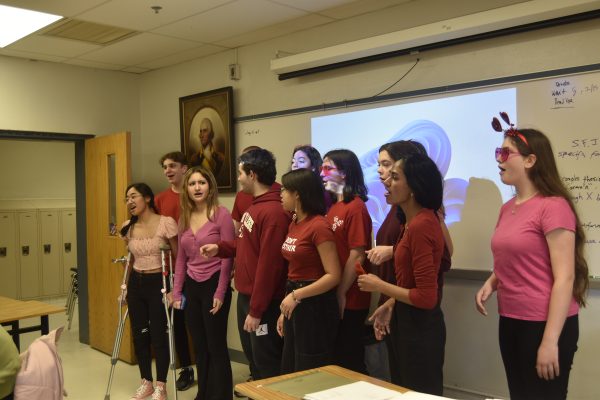What’s in a name?
Students who move to the U.S. adopting English names
McLean is a diverse school that provides a space for students to learn about and share each other’s cultures. However, despite a quarter of the student population being of Asian ethnicity, it’s not uncommon for those with cultural names to use a different name at school.
A good portion of Asian students change their names simply out of convenience, since their birth names are unconventional in America.
“I moved here in sixth grade and started going by Chloe because my teacher couldn’t pronounce my real name. My name is not that hard to pronounce, but they were always [asking things] like, ‘Am I pronouncing it right? Oh, how do you say it?’ So I just started going by Chloe to make it easier.”
Senior Chloe Nie, Chinese student at McLean High School
These students that choose to go by different, more ‘Americanized’ names have the interesting opportunity to choose a new identity for themselves. This leaves them with a sometimes difficult decision to make: selecting a new name.
“I chose [to go by] Diana because I saw this documentary about Princess Diana when I was younger. I was so intrigued by that name. And when I saw she was royalty I was like, ‘I’m gonna be Diana.’”
Senior Diana Kim, Korean student at McLean High School
Having a cultural name can be isolating for McLean students. Using a different name allows students from different parts of the world to participate in and assimilate to American culture as well as connect with the student body at McLean.
“[Going by] Jason helps Americans view me as an ordinary Asian American and not [as] ‘an Asian who only moved here four years ago,’” Nguyen said. “Everyone can pronounce itcorrectly and it’s a cool feeling to have a kind of different identity.”
Senior Jason Nguyen, Vietnamese student at McLean High School
Additionally, having two names allows these students to grow and develop multiple identities. They can connect with different cultures on a more personal level.
“I have two personas in my head,” Kim said. “I have my Korean persona and my US persona. And I think in both English and Korean, depending on who I’m with, which is interesting, because I’d never experienced that [before] I moved here.”
Your donation supports the McLean High School's independent, award-winning news publication.


